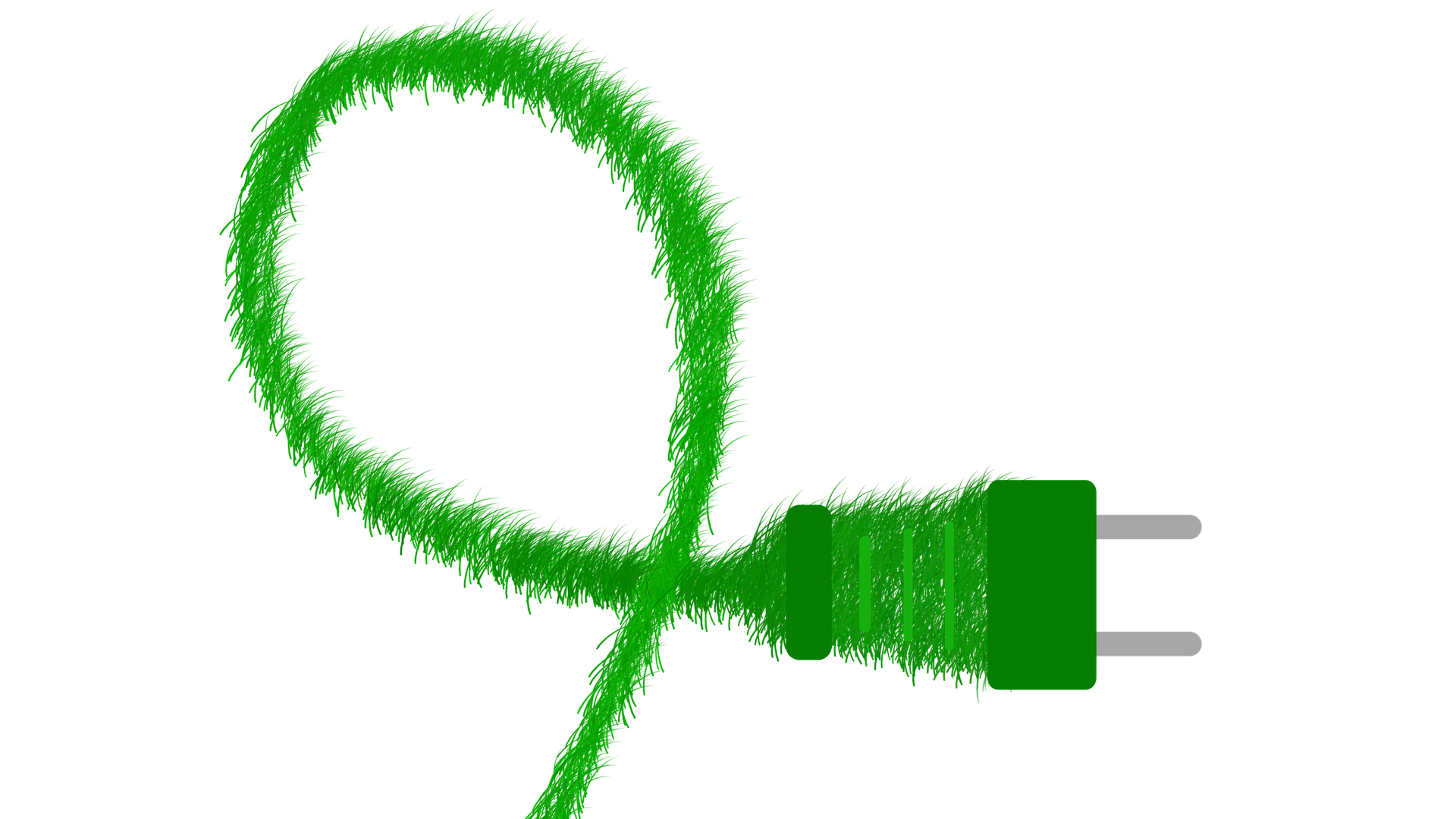The Egyptians used to think that literacy had been divine, a present from baboon-faced Thoth, the god of real information.
Scholars no longer embrace that theory, but why ancient civilisations developed composing ended up being a secret for the very long time. Ended up being it for spiritual or creative reasons? To keep in touch with remote armies?
The secret deepened in 1929, each time an archaeologist that is german Julius Jordan unearthed a huge collection of clay pills that have been 5,000 years old.
They certainly were far more than the examples of composing currently discovered in Asia, Egypt and Mesoamerica, and had been written in an abstract script that became referred to as “cuneiform”.
The pills originated from Uruk, a Mesopotamian settlement regarding the banking institutions regarding the Euphrates how to buy an essay online with what happens to be Iraq.
Uruk had been tiny by today’s criteria – with just a few thousand inhabitants – however in its time ended up being huge, among the planet’s first cities that are true.
“He built the city wall surface of ‘Uruk’, city of sheepfolds,” proclaims the Epic of Gilgamesh, one of several earliest works of literary works. “check its wall surface using its frieze like bronze! Gaze at its bastions, which none can equal!”
This city that is great produced composing that no contemporary scholar could decipher. Just What achieved it state?
50 items that Made the present day Economy highlights the inventions, tips and innovations which have aided produce the world that is economic.
Uruk posed another puzzle for archaeologists – though initially it seemed unrelated.
The ruins of Uruk as well as other Mesopotamian cities had been plagued by small clay things – conical, spherical and cylindrical. One archaeologist quipped they appeared to be suppositories.
Communication counting
Julius Jordan had been a tad bit more perceptive. These were shaped, he published in their log, “like the commodities of lifestyle – jars, loaves, and animals”, although they had been standardised and stylised.
But what had been they for? No body my work it away.
No body, this is certainly, before the archaeologist that is french Schmandt-Besserat.
Into the 1970s, she catalogued similar pieces discovered over the area, from Turkey to Pakistan, a few of that have been 9,000 years of age.
Schmandt-Besserat thought the tokens possessed a easy function: communication counting. The tokens that have been shaped like loaves might be utilized to count loaves. The people shaped like jars might be utilized to count jars.
Correspondence counting is simple: you should not understand how to count, you merely want to glance at two quantities and validate that they’re exactly the same.
The method is older also than Uruk.
The 20,000-year-old Ishango Bone – discovered near among the sourced elements of the Nile into the Democratic Republic of Congo – appears to use matched tally marks in the thigh bone of the baboon for communication counting.
However the Uruk tokens took things further: they certainly were used to help keep tabs on counting many different amounts, and might be applied both to include also to subtract.
Urban economy
Keep in mind, Uruk ended up being a great town. There clearly was a priesthood, there have been craftsmen. Food had been collected through the surrounding countryside.
An economy that is urban trading, and preparation, and taxation too. Image the planet’s first accountants, sitting during the home for the temple storehouse, utilising the loaf that is little to count whilst the sacks of grain come and then leave.
Denise Schmandt-Besserat revealed another thing revolutionary. The marks that are abstract the cuneiform pills matched the tokens. Everybody else had missed the resemblance due to the fact writing did not appear to be a photo of anything.
But Schmandt-Besserat realised exactly exactly what had occurred. The pills was in fact utilized to record the back-and-forth associated with tokens, which by themselves had been recording the back-and-forth of the sheep, the grain, additionally the jars of honey.
In reality, it may possibly be that the initial such pills had been impressions associated with tokens by themselves, pushing the hard clay baubles to the soft clay tablet.
Then those accountants that are ancient it may be better to result in the markings having a stylus. So cuneiform writing had been a stylised image of the feeling of the token representing a commodity. No wonder no body had made the text before Schmandt-Besserat.
Verification device
Therefore she solved both nagging dilemmas at the same time. Those clay pills, adorned with all the earth’s first abstract writing? These weren’t getting used for poetry, or even to deliver communications to lands that are far-off. They certainly were utilized to generate the whole world’s very first records.
The whole world’s first penned contracts, too – while there is only a tiny jump from a record of just just what happens to be compensated, and accurate documentation of the next responsibility to pay for.
The blend of this tokens therefore the clay cuneiform writing resulted in an excellent verification unit: a hollow clay ball called a bulla. On the exterior associated with bulla, the events up to an agreement could compose the details down associated with the obligation – such as the resources which were become compensated.
In the inside the bulla is the tokens representing the deal. The writing on the exterior while the tokens within the clay ball confirmed one another.
We don’t understand who the parties to such agreements might have already been – whether or not they had been spiritual tithes to your temple, fees, or personal debts, is ambiguous. But such documents had been the purchase instructions plus the receipts that made life in a city that is complex feasible.
This might be a big deal.
Many financial deals depend on explicit contracts that are written. Insurance coverage, a bank-account, a federal federal government relationship, a business share, a home loan agreement – they are all penned contracts – together with bullas of Mesopotamia would be the initial archaeological evidence that written agreements existed.
Uruk’s accountants supplied us with another innovation, too.
More from Tim Harford
In the beginning, the machine for recording five sheep would merely need five sheep that is separate. But that has been cumbersome. an exceptional system included using an abstract sign for various figures – five shots for five, a group for 10, two sectors and three shots for 23.
The figures had been constantly utilized to a level of one thing: there clearly was no “10” – just “10 sheep”. Nevertheless the numerical system ended up being effective sufficient to show large amounts – hundreds, and thousands.
One interest in war reparations, 4,400 yrs . old, is for 4.5 trillion litres of barley grain, or 8.64 million “guru”.
It absolutely was a bill that is unpayable 600 times the usa’s yearly production of barley today. However it had been a number that is impressively big. It had been additionally the whole world’s very first written proof of ingredient interest.
In most it’s quite a couple of achievements.
The residents of Uruk encountered a huge issue, a challenge this is certainly fundamental to your contemporary economy – how to approach a internet of obligations and long-range plans between individuals who failed to understand each other well, who might possibly never also fulfill.
re Solving that issue intended making a sequence of brilliant innovations: not merely the initial records and also the first agreements, however the very very very first math as well as the writing that is first.
Writing wasn’t something special through the gods. It absolutely was a device that has been developed for a rather clear explanation: to operate an economy.
Tim Harford writes the Financial days’s Undercover Economist column. 50 items that Made the present day Economy is broadcast in the BBC World provider. You’ll find additional information concerning the programme’s sources and listen online or sign up for the programme podcast.

